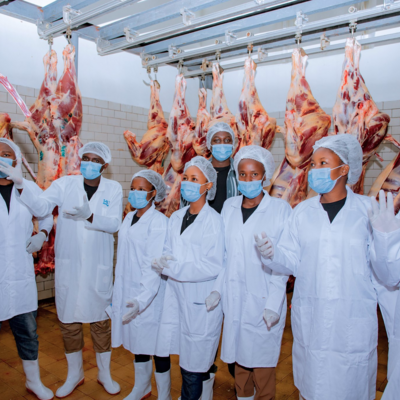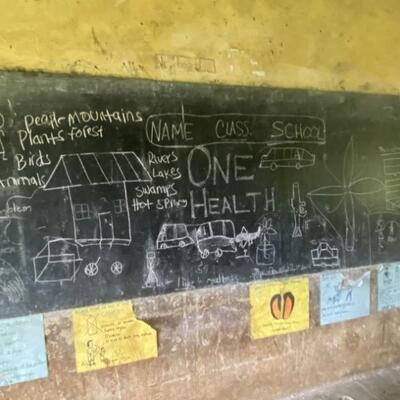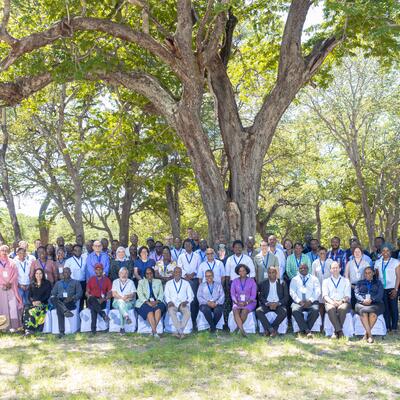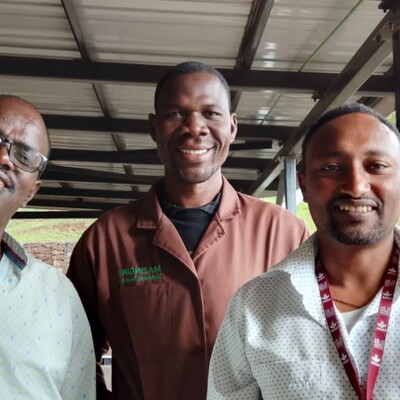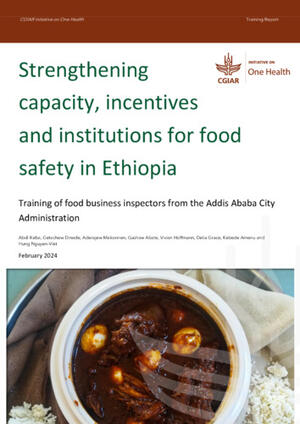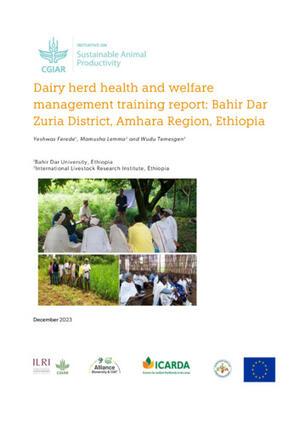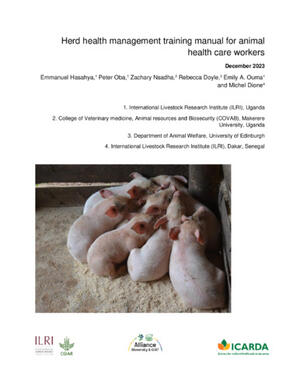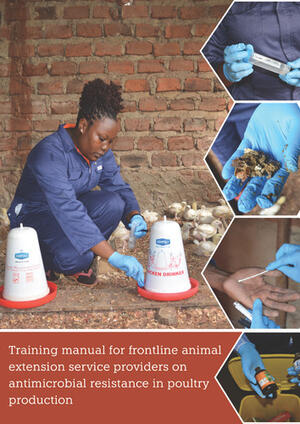
Building educational capacity for African-US university collaboration and capacity building
One of the challenges experienced by African Universities is the ability to deal effectively with the economic, ecological and educational problems and needs of African drylands communities. Through this project, ILRI seeks to link with some African and American universities and to develop that capacity over the long term. The program will focus on agriculture and natural resources.
Drylands constitute one of the world’s major biomes, representing more than 20% of the earth’s terrestrial surface, and covering more than half of the southern continents. They are socio-economically vital.
In Africa, arid and semi-arid grasslands and savannas represent 40% of the land area and are centers of grain and livestock production that the continent depends on for a substantial fraction of its protein and caloric intake. The drylands of Africa are also home to one of the most diverse wildlife populations on earth, and to diverse human societies and cultures. Over millennia, these people have developed pastoral and agro pastoral livelihoods uniquely adapted to the climatically harsh and uncertain conditions that characterize these regions.
Drylands people and ecosystems are facing unprecedentedly rapid change driven by a variety of causes. In many African drylands, climate change is bringing more frequent droughts and floods which make smallholder subsistence pastoralists highly vulnerable to climate change. Herding families are becoming more sedentarized and many are diversifying their livelihoods beyond livestock to crops, businesses, teaching and other activities.
Many drylands are also shifting from communal to private land ownership, making mobility of livestock herders more difficult. Globalization of markets provides new opportunities for drylands communities but also provides new stresses when market demand for drylands products changes in unexpected ways. Government policy and technology are also rapidly changing the ground rules for drylands communities and affecting the ecosystems these communities depend upon.
The rationale behind this project is:
A. The Challenge of African Drylands
B. Higher Education and African Drylands
C. Bridging gaps for more effective African development and sustainability
OBJECTIVES
- Prepare undergraduates and post graduates and provide two-way education between local communities / stakeholders and university students / faculty
- ‘Building capacity for capacity building’: Re-train existing faculty and recruit and retain high quality new faculty
- Develop and implement a process to re-orient research so that it focuses on the needs of drylands communities
- Make the case (economic, social, and environmental) for the value of drylands, including livelihoods and ecosystem services and contribute to formulation of evidenced-based drylands policies.
- Develop and implement effective ways to reverse the ‘brain drain’ from Africa by mobilizing the African Diaspora, and increase involvement of African American scientists in research and education in Africa
- Develop a strong network of higher education institutions strongly linked with government agencies, the private sector, civil society and other research institutions.





